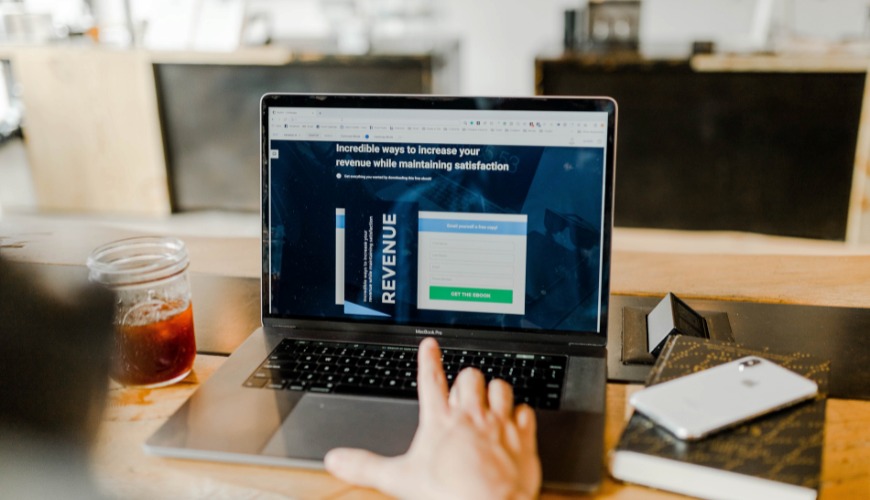Invoices are not the sexiest aspect of running your business, but they are among the most important. You want to get paid on time, right? Good invoice management and accounts receivable automation can have a significant impact on your cash flow. There are common mistakes or problems involved in the invoice management process that you can control.
Let’s look at some of the most common invoicing challenges and how to fix them.
Sending invoices to the wrong contact
Start by confirming the right recipient of the invoice. If you send an invoice to the wrong person, it will be ignored and lost because whoever received it will likely delete it. Invoices can also get lost if the contact is correct, but the contact information (address, phone number) is incorrect.
Missing information
Invoices that are incomplete or contain errors can end up in limbo, which can delay payment. When the data that customers require to process invoices is missing, it is likely to be set aside until someone can determine what to do about it. Create a checklist to make sure invoices contain all required information. Basic invoice components include:
- Dates
- Names and Addresses
- Products or services delivered
- Amount due
- Invoice number
- Tax identification
Sending invoices late
The sooner you invoice, the sooner you get paid. There is no benefit to waiting. Instead of using “upon receipt” as the due date, use a specific date and automate follow-up. A specific due date will also help your customers manage their payment schedules without having to guess when an invoice is actually due.
Not confirming receipt of invoice
Confirming receipt of invoices is one of the easiest ways to accelerate payment. When a client confirms receipt of an invoice, he or she is immediately accountable. Don’t settle for automated notifications that a client has opened an electronic invoice. While valuable, it doesn’t complete the accountability loop because the client likely doesn’t know that you have that information.
Not following up before payment is due
In addition to confirming receipt, it is important to have a system in place to follow up with a customer shortly before the invoice is due. There is no harm in reminding a client of an approaching deadline. It’s a courtesy reminder, not an accusation. Also, reminders reinforce your professionalism as a business owner or executive—you delivered value, and you expect payment.
Difficult payment terms
If you’re still counting on customers to cut a check and send it in on time, you may be setting yourself up for frustration. People are used to electronic payment, and providing faster payment options can remove friction from the payment process. It’s easier than ever to implement electronic payment in the form of direct deposit, credit card merchant accounts, and third-party gateways like PayPal.
No late fees or discounts
Presenting late fees on your invoice is another way to encourage prompt payment. Modest late fees give you a good reason to follow up just before payment is due, as a gesture to help your customer avoid late fees. Depending on the nature of the business and the relationship, you may not always choose to impose a late fee on delinquent accounts. A more positive incentive to pay promptly can be discounts for early payments or automated payments.
Use a Virtual Assistant to Improve Invoicing
Chasing down invoices is no one’s idea of fun. It is time-consuming, frustrating, and risks spoiling relationships. A love of invoicing is probably not why you started your business. As we said, invoicing isn’t sexy but it is your source of cash. Consider these numbers:
- 40 percent of entrepreneurs say bookkeeping is the worst part of their business,
- They spend 17 hours a month doing it
- Business owners spend an average of 20-days a year pursuing overdue payments.
Does this sound like you? If your business’ invoicing and payment process is not a smooth-running machine, one cost-effective way to get invoicing back on track (and off your plate) is to engage a virtual assistant to do the heavy lifting.
A virtual assistant can serve as a remote accounts payable department and ensure that invoices are accurate and on-time. Everyday tasks virtual assistants perform include:
- Create invoices
- Review invoices for accuracy
- Send invoices (to the right person!)
- Confirm receipt of invoices by clients
- Send reminders
- Monitor electronic payment accounts
A virtual assistant can also perform other administrative tasks to free up more time to grow your business. Typical tasks include scheduling meetings, arranging travel, CRM administration, bookkeeping, and making and responding to calls and emails. Think of how much of your day you could get back!
To learn more about how a virtual assistant can give you more leverage and boost your productivity, download our guide to working with a Prialto VA.

